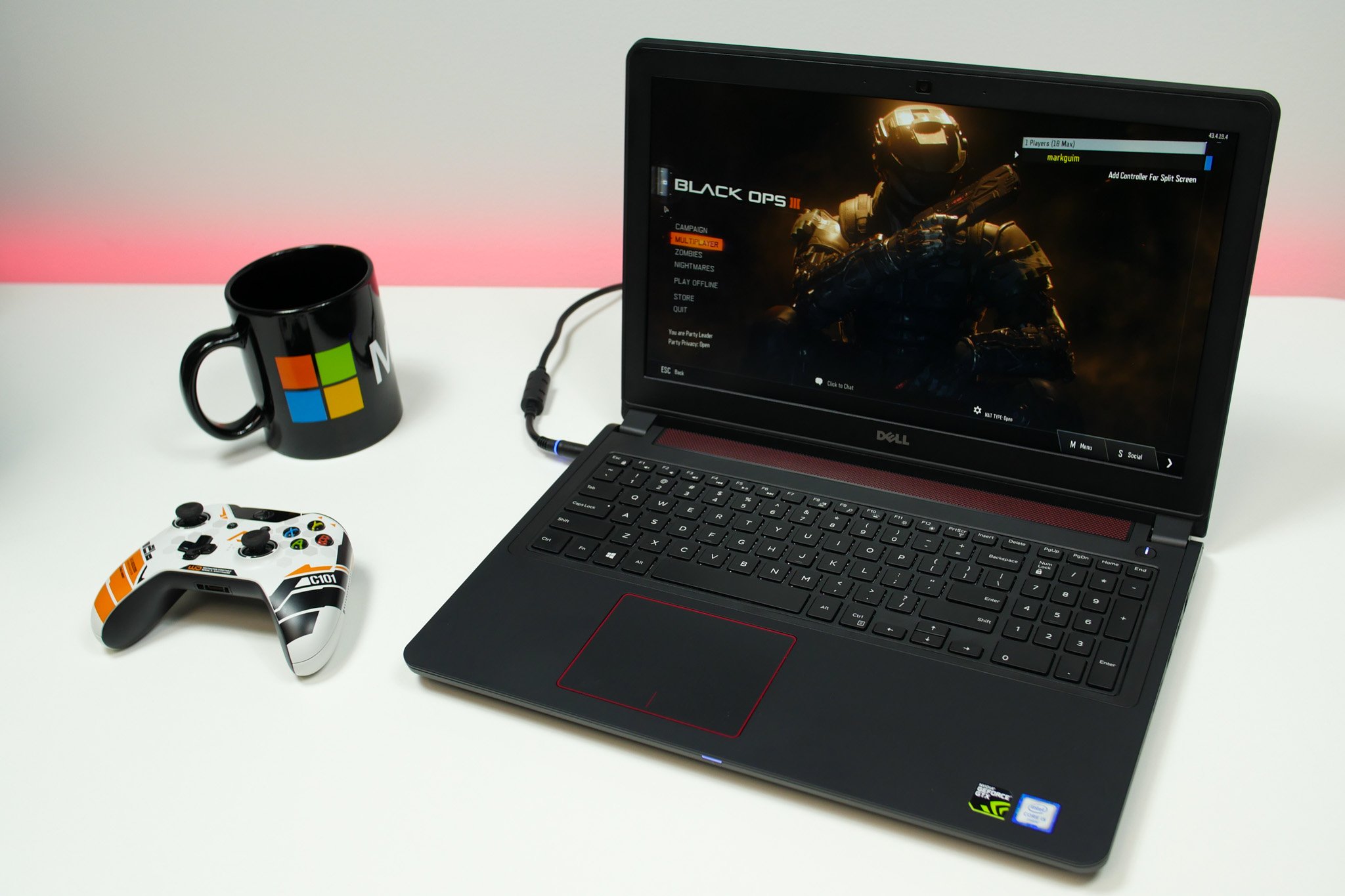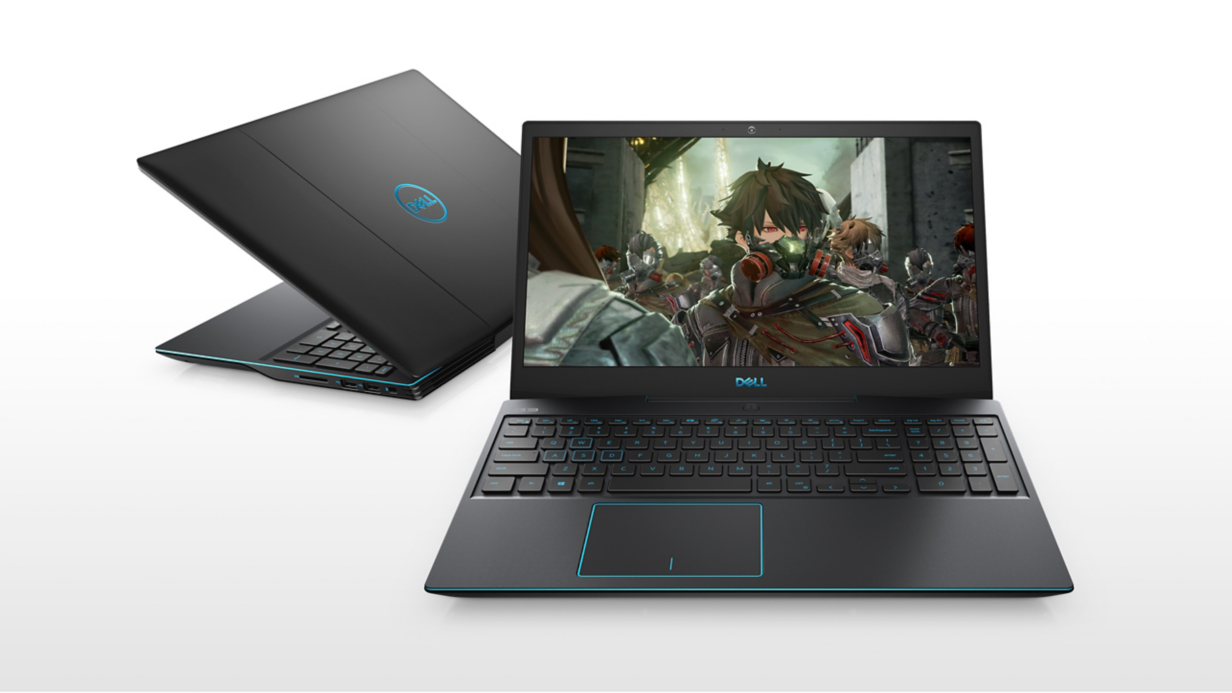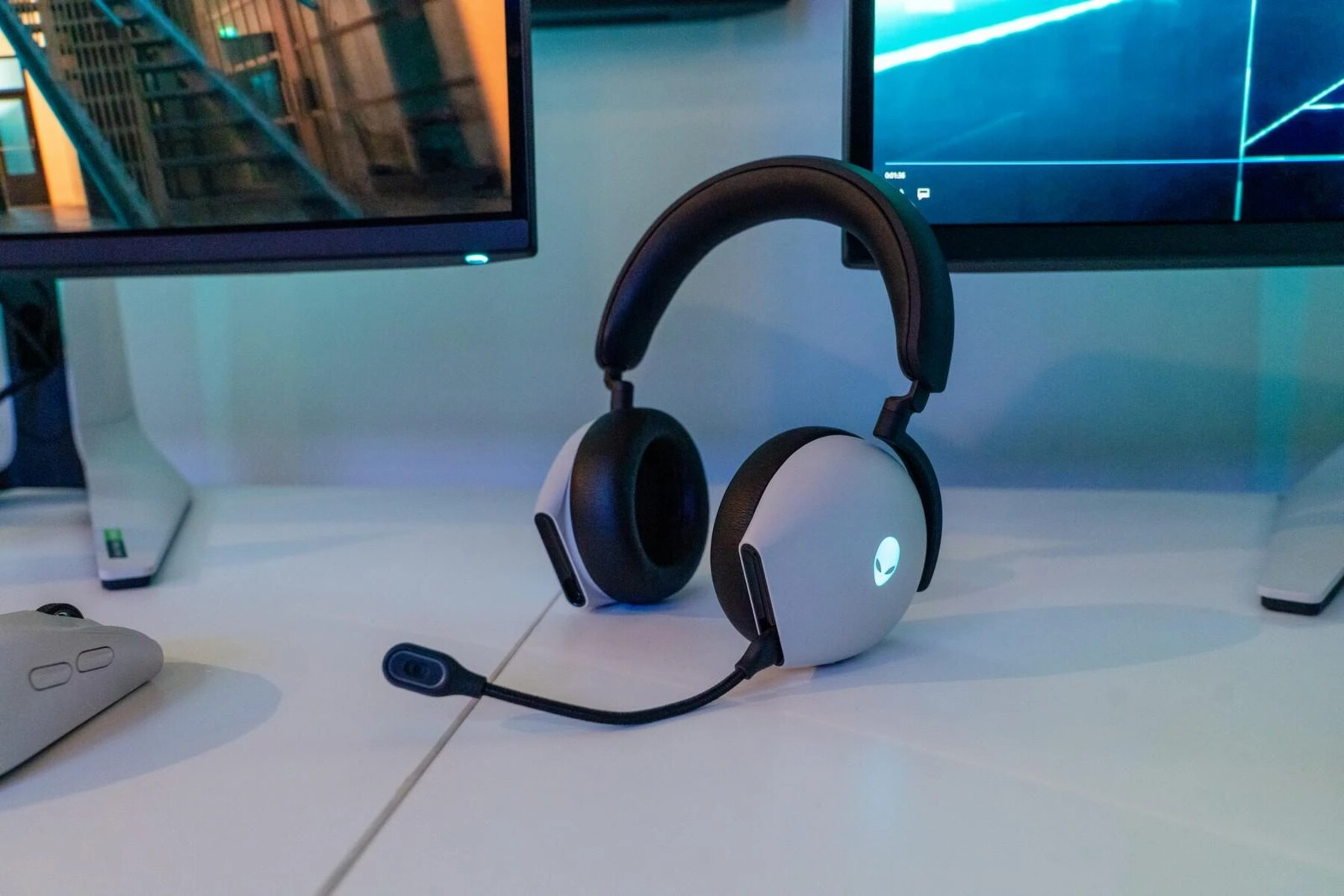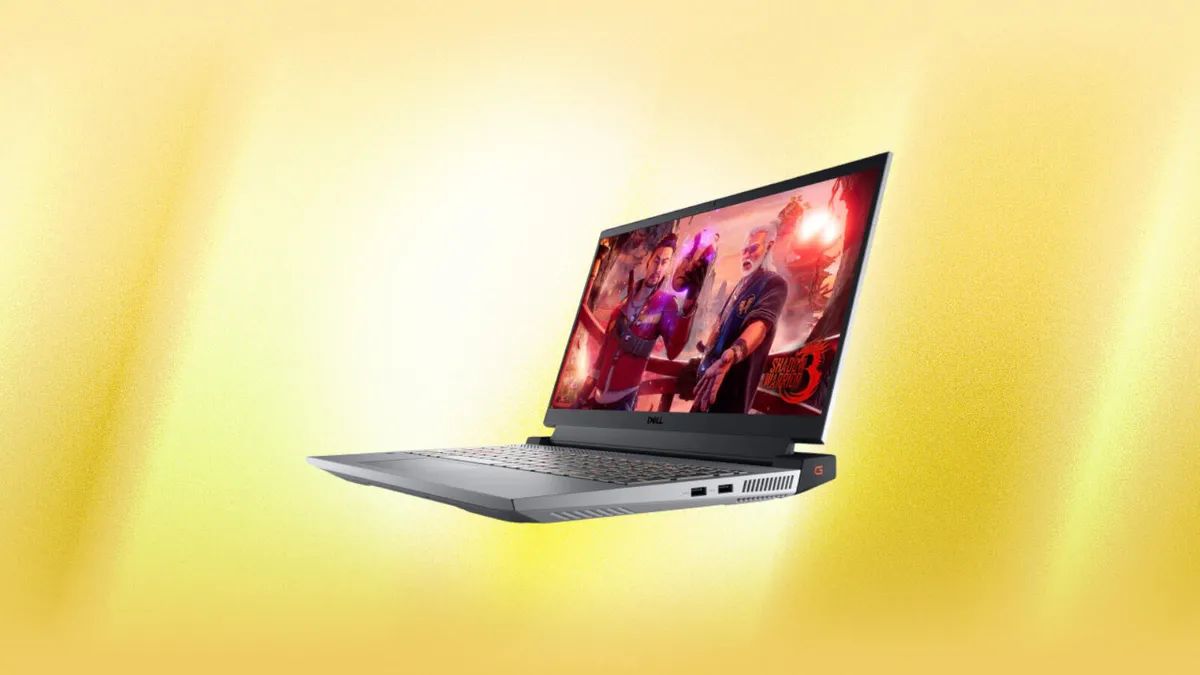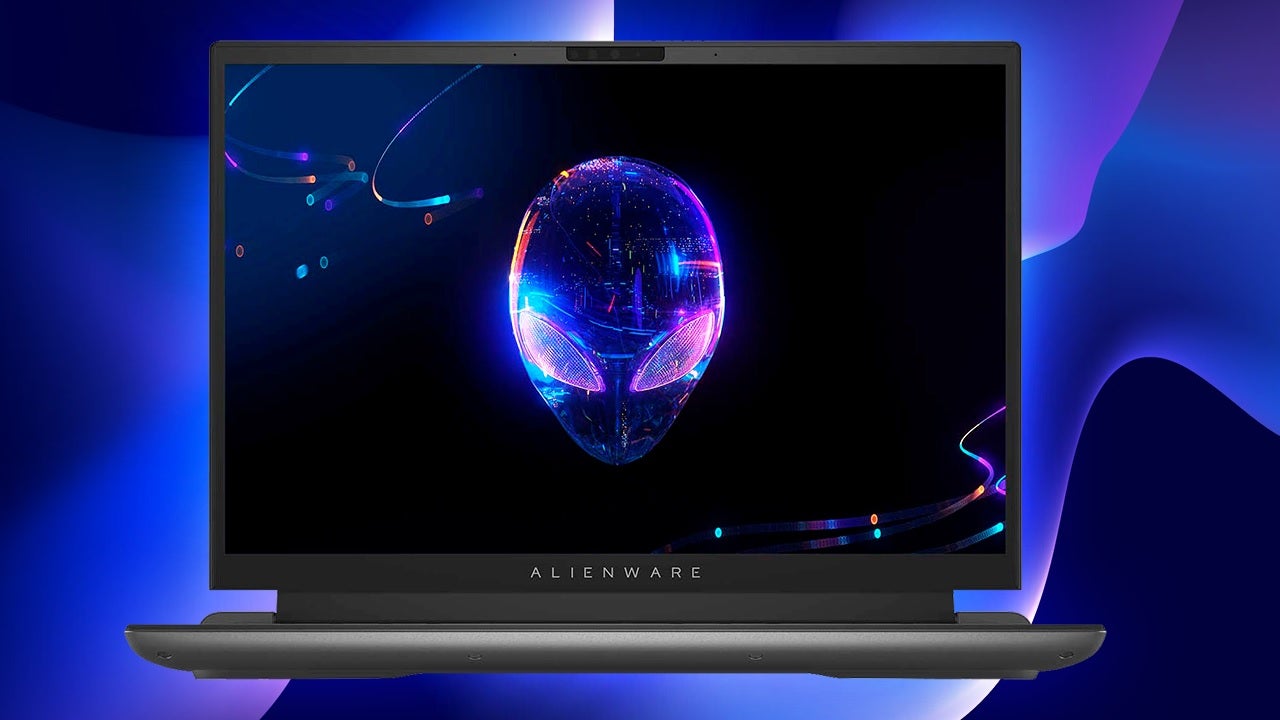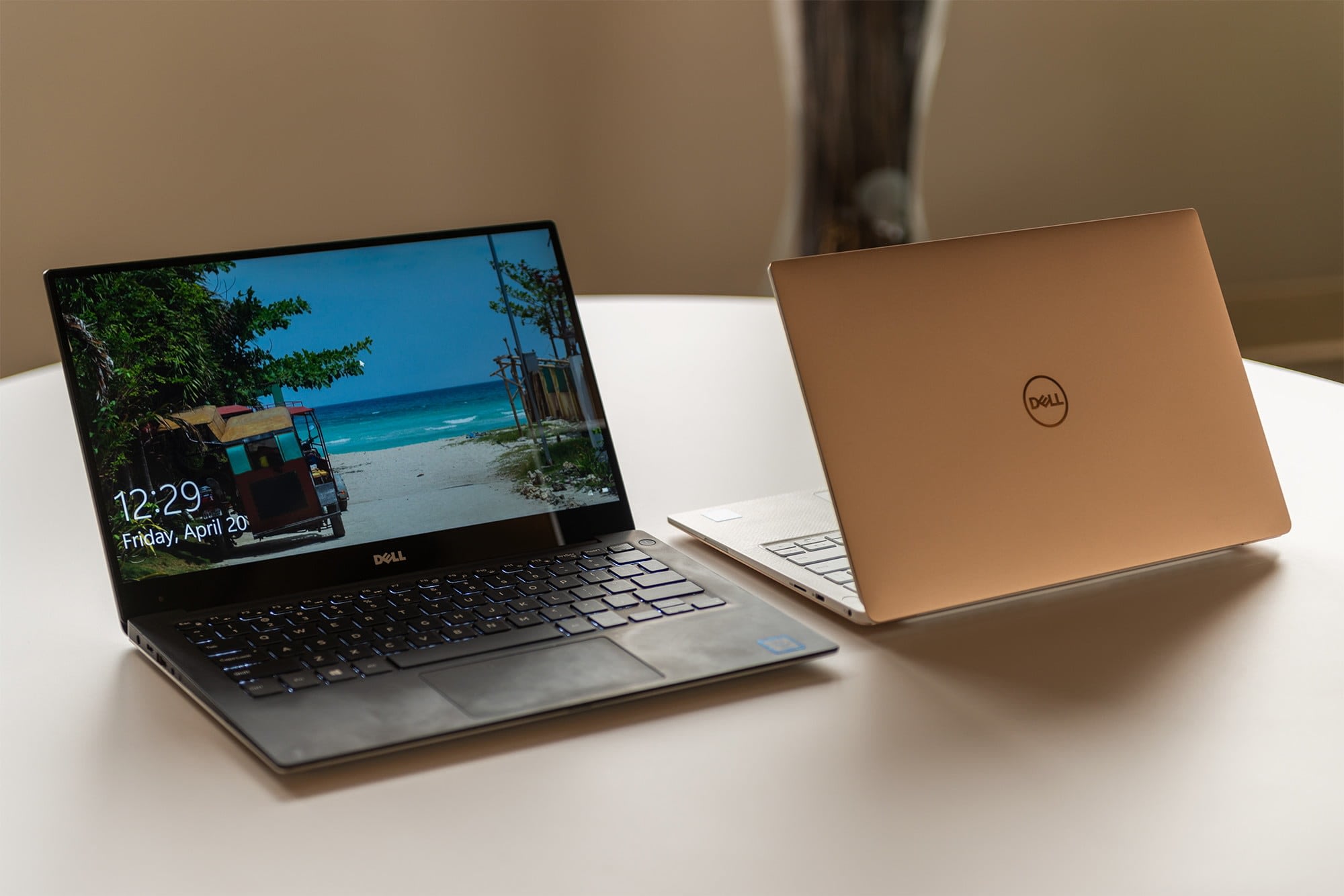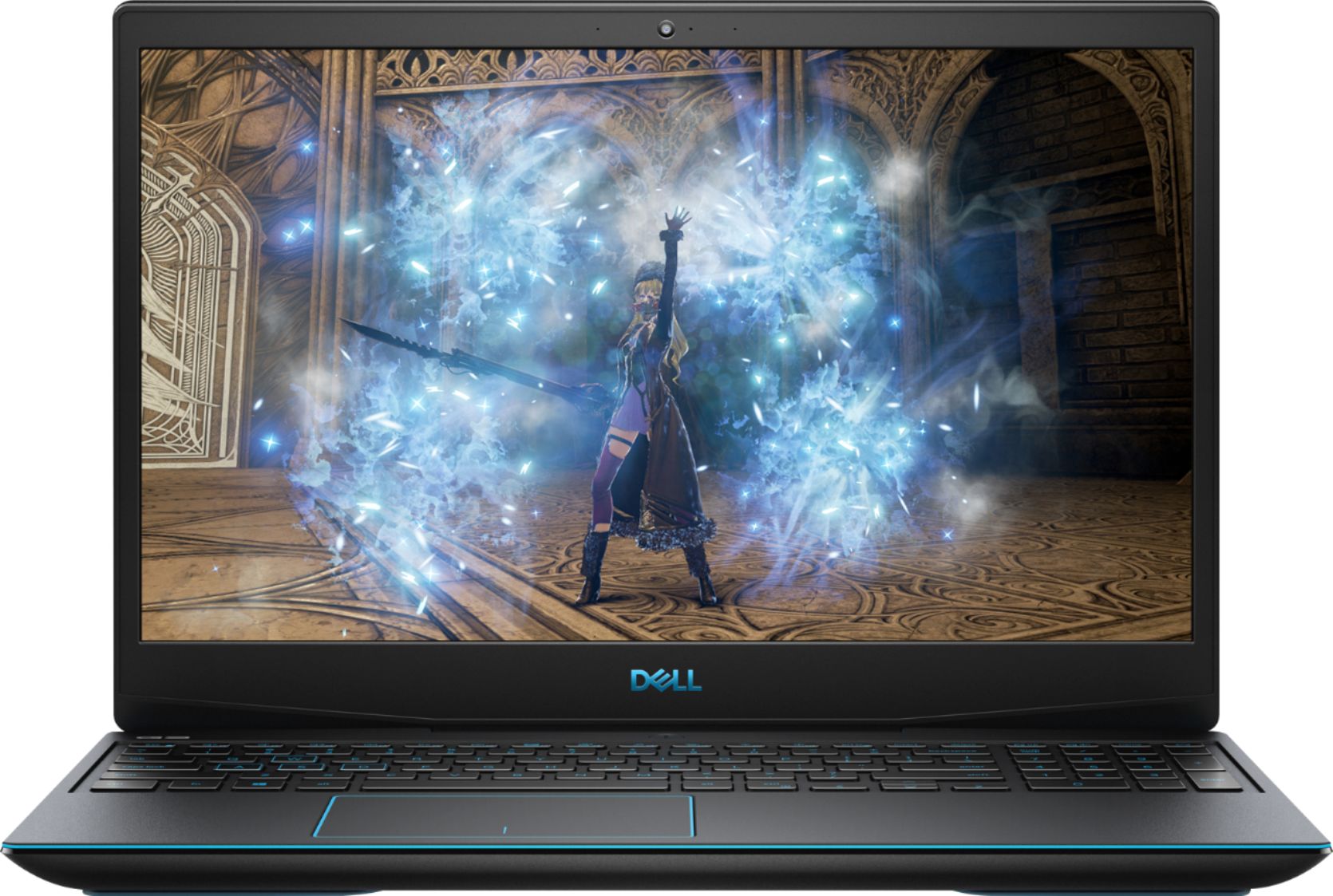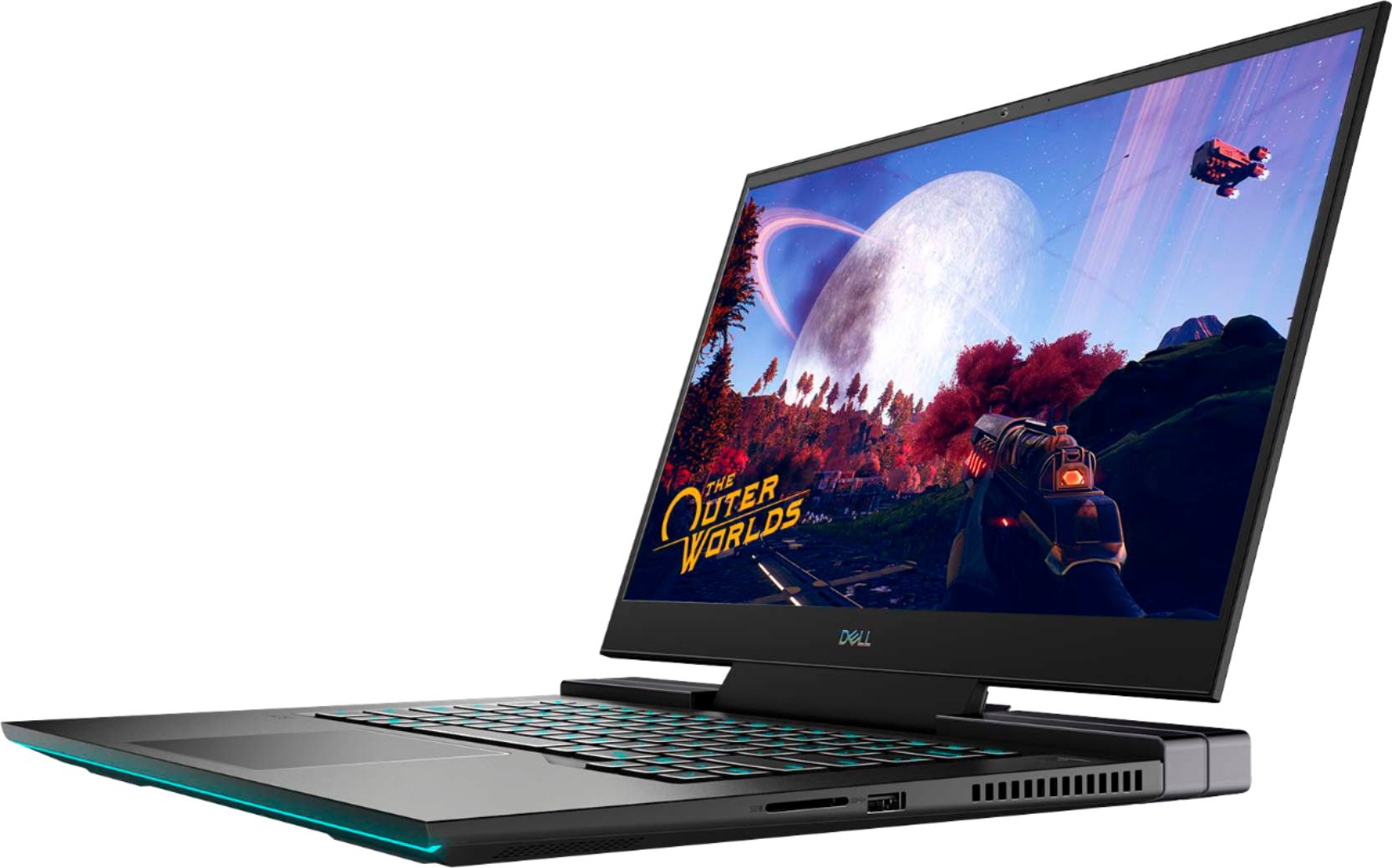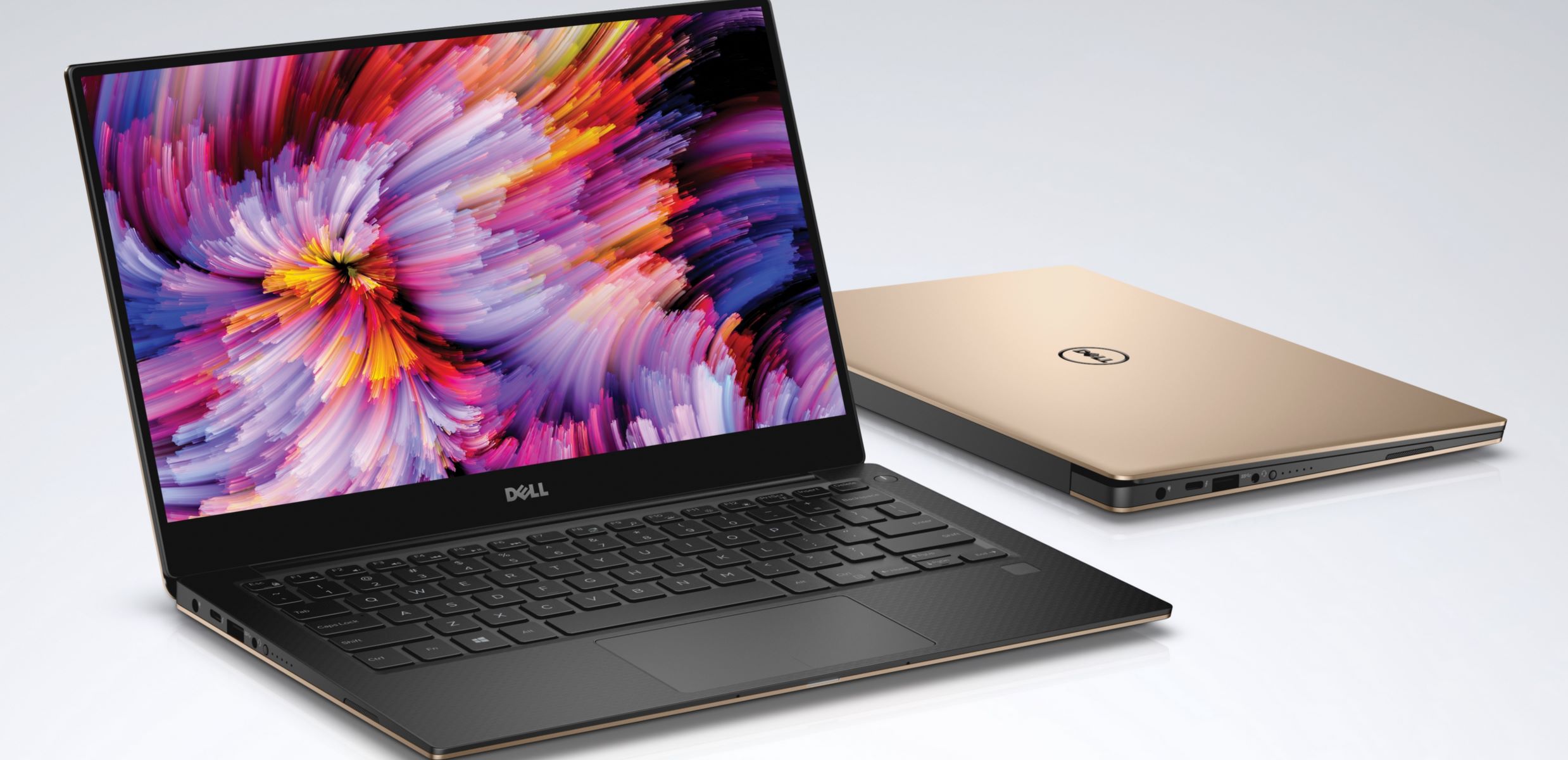Introduction
Are you a gaming enthusiast who prefers the flexibility and convenience of a Dell laptop for your gaming escapades? If so, you'll be thrilled to learn that you can easily use a game controller with your Dell laptop to enhance your gaming experience. Whether you're a fan of action-packed adventures, thrilling sports simulations, or intense first-person shooters, incorporating a game controller can elevate your gameplay to new heights of enjoyment and immersion.
In this comprehensive guide, we'll walk you through the process of seamlessly integrating a game controller with your Dell laptop. You'll discover the steps to check compatibility, connect the game controller, configure the controller settings, test the controller, and troubleshoot common issues. By the end of this tutorial, you'll be well-equipped to harness the full potential of your Dell laptop for gaming, with the added comfort and precision of a game controller at your fingertips.
Gaming on a Dell laptop offers the advantage of portability, allowing you to indulge in your favorite titles from virtually anywhere. With the integration of a game controller, you can further enhance your gaming experience, immersing yourself in the action with precise controls and responsive feedback. Whether you're delving into single-player campaigns, competing in multiplayer showdowns, or exploring open-world environments, the addition of a game controller can revolutionize the way you interact with your favorite games.
Stay tuned as we delve into the intricacies of using a game controller on your Dell laptop. By following these straightforward steps, you'll be well on your way to unlocking a new level of gaming enjoyment and mastery. Let's embark on this journey to seamlessly integrate a game controller with your Dell laptop, paving the way for countless hours of immersive gaming bliss.
Checking Compatibility
Before diving into the process of connecting a game controller to your Dell laptop, it’s crucial to ensure that the controller is compatible with your device. The compatibility of game controllers can vary based on the model and specifications of your Dell laptop, so it’s essential to verify that the controller you intend to use is supported.
First and foremost, identify the type of game controller you plan to use, whether it’s a popular console controller, a dedicated PC gaming controller, or a specialized third-party controller. Most modern game controllers are designed to be compatible with a wide range of devices, including laptops, desktops, and gaming consoles. However, it’s always prudent to confirm compatibility to avoid any potential issues during the setup process.
One of the simplest ways to check compatibility is to visit the official website of the game controller’s manufacturer. Here, you can find detailed information about the supported platforms and operating systems. Additionally, you can explore user forums and community discussions to gather insights from fellow gamers who may have successfully used the same controller with their Dell laptops.
If you’re using a wireless game controller, ensure that your Dell laptop is equipped with the necessary connectivity options, such as Bluetooth or a compatible wireless receiver. For wired controllers, verify that your laptop has the requisite USB ports or adapter compatibility to establish a physical connection.
Furthermore, consider checking the compatibility of the game controller with the specific games you intend to play on your Dell laptop. Some games may have optimized support for certain controllers, offering enhanced functionality and seamless integration. By researching compatibility at both the hardware and software levels, you can preemptively address any potential compatibility challenges and streamline the setup process.
By diligently confirming the compatibility of your game controller with your Dell laptop, you can lay a solid foundation for a smooth and hassle-free integration process. With this essential groundwork in place, you’ll be well-prepared to proceed to the next steps of connecting and configuring your game controller, unlocking a world of gaming possibilities on your trusty Dell laptop.
Connecting the Game Controller
Once you’ve verified the compatibility of your game controller with your Dell laptop, it’s time to embark on the process of establishing a connection. The method of connecting your game controller may vary based on whether it’s a wired or wireless model, so we’ll explore the steps for both scenarios to ensure comprehensive coverage.
Wired Game Controller:
If you’re using a wired game controller, the connection process is relatively straightforward. Begin by locating an available USB port on your Dell laptop. Once identified, simply plug the USB cable from the game controller into the USB port. Your laptop should automatically detect the controller and initiate the necessary driver installation. In most cases, wired controllers are recognized instantly, allowing you to proceed to the next steps of configuring the controller settings.
Wireless Game Controller:
For wireless game controllers, such as those utilizing Bluetooth connectivity, the setup process involves a few additional steps. Start by enabling Bluetooth on your Dell laptop. This can usually be done through the system settings or the taskbar’s notification area. Next, put your game controller into pairing mode according to the manufacturer’s instructions. Once in pairing mode, your laptop should detect the controller in the list of available Bluetooth devices. Select the controller to initiate the pairing process, and once successfully paired, your wireless game controller will be ready for use.
It’s important to note that some wireless game controllers may come with a dedicated wireless receiver that needs to be plugged into a USB port on your laptop. If your controller utilizes a proprietary wireless receiver, simply insert it into an available USB port and follow any additional pairing instructions provided by the manufacturer.
By following these straightforward steps, you can seamlessly connect your game controller to your Dell laptop, paving the way for an immersive and responsive gaming experience. With the physical connection or wireless pairing established, you’re now poised to delve into the next phase of configuring the controller settings to suit your gaming preferences and play style.
Configuring the Controller Settings
With your game controller successfully connected to your Dell laptop, it’s time to fine-tune the controller settings to optimize its performance and responsiveness. Configuring the controller settings can significantly enhance your gaming experience, allowing you to customize button mappings, sensitivity, and other parameters to suit your individual preferences.
Native Operating System Settings:
Depending on the operating system of your Dell laptop, you may have access to built-in settings for game controllers. For Windows users, the “Devices” or “Bluetooth & other devices” settings provide options to manage connected controllers. Here, you can verify the recognition of your game controller, troubleshoot any connectivity issues, and access basic settings such as vibration feedback and button configuration.
For macOS users, navigating to the “System Preferences” and selecting the “Bluetooth” or “Controllers” section allows you to manage the connected game controller. Similar to Windows, you can adjust basic settings and ensure that the controller is properly recognized by your laptop.
Game-Specific Settings:
Many modern games offer dedicated settings menus for configuring game controllers. Within the game’s options or settings menu, you can often find the ability to customize button layouts, adjust sensitivity, and even create personalized profiles for different game genres. Take the time to explore these settings within your favorite games, as they can greatly enhance the overall responsiveness and comfort of using a game controller.
Third-Party Configuration Software:
For advanced customization options, consider exploring third-party software designed for managing game controllers. These applications, such as JoyToKey for Windows or Enjoyable for macOS, offer extensive customization capabilities, allowing you to map controller inputs to keyboard keys, create macros, and fine-tune sensitivity settings with precision. While not essential for basic functionality, these tools can be invaluable for users seeking a high level of control over their game controllers.
By delving into the native operating system settings, exploring game-specific configuration options, and potentially leveraging third-party software, you can tailor the controller settings to align perfectly with your gaming preferences. This level of customization empowers you to immerse yourself in your favorite games with unparalleled comfort and precision, unlocking the full potential of your game controller on your trusty Dell laptop.
Testing the Controller
After connecting and configuring your game controller on your Dell laptop, it’s essential to conduct thorough testing to ensure that the controller functions seamlessly across various games and genres. Testing the controller not only validates the successful integration but also allows you to fine-tune settings and address any potential issues that may arise during gameplay.
Basic Functionality:
Begin by verifying the fundamental functionality of the game controller. Navigate to the system settings or control panel on your Dell laptop and access the game controller properties. Here, you can visually inspect the responsiveness of each button, trigger, and joystick on the controller. Press each button and move the joysticks to confirm that the inputs are accurately registered by the system. Additionally, test the vibration feedback, if available, to ensure that it operates as expected.
Game Compatibility:
Launch a variety of games across different genres to assess the controller’s compatibility and performance. Start with games that explicitly support game controllers, as they are more likely to offer seamless integration and optimized control schemes. Experiment with action-packed titles, racing simulations, platformers, and other genres to gauge how the controller handles diverse gameplay mechanics and input requirements.
Custom Settings:
If you’ve customized the controller settings within specific games or through third-party software, thoroughly test these configurations to evaluate their impact on gameplay. Assess the comfort and responsiveness of the custom button mappings, sensitivity adjustments, and any other personalized settings you’ve implemented. Fine-tune the configurations as needed to achieve an optimal gaming experience tailored to your preferences.
Multiplayer Testing:
If your gaming endeavors involve multiplayer experiences, enlist the participation of friends or family members to engage in local multiplayer sessions. Testing the game controller in a multiplayer setting allows you to assess its performance in competitive or cooperative gameplay scenarios, ensuring that it delivers a seamless and enjoyable experience for all participants.
By rigorously testing the game controller across a spectrum of games and scenarios, you can ascertain its reliability, compatibility, and performance on your Dell laptop. Any issues or discrepancies identified during testing can be promptly addressed, allowing you to fine-tune the setup and configuration to achieve an optimal gaming environment. With the controller thoroughly tested and validated, you’re poised to embark on countless gaming adventures with confidence and precision.
Troubleshooting Common Issues
While integrating a game controller with your Dell laptop can greatly enhance your gaming experience, it’s not uncommon to encounter occasional challenges or issues that require troubleshooting. By familiarizing yourself with common problems and their solutions, you can swiftly address any hiccups that may arise, ensuring a smooth and uninterrupted gaming experience.
Connectivity Problems:
If your game controller fails to connect or is intermittently disconnected from your Dell laptop, start by checking the physical connections for wired controllers, ensuring that the USB port and cable are functioning correctly. For wireless controllers, verify that the batteries are adequately charged or replace them if needed. Additionally, confirm that the wireless receiver or Bluetooth connectivity is stable and free from interference. Restarting your laptop and the controller can also resolve temporary connectivity issues.
Driver and Software Updates:
Outdated drivers or software can lead to compatibility issues and erratic behavior with game controllers. Ensure that your Dell laptop’s operating system is up to date with the latest patches and updates. Similarly, visit the official website of the game controller’s manufacturer to download and install the latest drivers or firmware. Keeping both your laptop and the controller’s software updated can often resolve performance and compatibility issues.
Button Mapping and Sensitivity:
If you encounter challenges with button mappings or sensitivity, revisit the controller settings within individual games and system settings. Verify that the button mappings are correctly configured and that sensitivity adjustments align with your preferences. Utilize any available calibration tools to fine-tune the joystick and trigger sensitivity for precise control during gameplay.
Interference and Environmental Factors:
For wireless game controllers, environmental factors such as nearby electronic devices, wireless signals, or physical obstructions can interfere with the controller’s connectivity and performance. Minimize potential sources of interference and ensure that the controller is within the recommended range of the wireless receiver or Bluetooth connection. Adjusting the positioning of your laptop and the controller can mitigate interference and improve connectivity stability.
Hardware Malfunctions:
In the event of persistent issues with the game controller, such as unresponsive buttons, erratic behavior, or hardware malfunctions, consider contacting the manufacturer’s support for troubleshooting assistance. If the controller is under warranty, explore the possibility of repair or replacement to address any underlying hardware defects.
By addressing common issues with a proactive and systematic approach, you can swiftly troubleshoot and resolve any challenges that may arise when using a game controller on your Dell laptop. Armed with the knowledge of potential issues and their solutions, you can maintain an optimized gaming setup and swiftly overcome any obstacles, ensuring that your gaming experiences remain immersive, enjoyable, and free from technical impediments.







